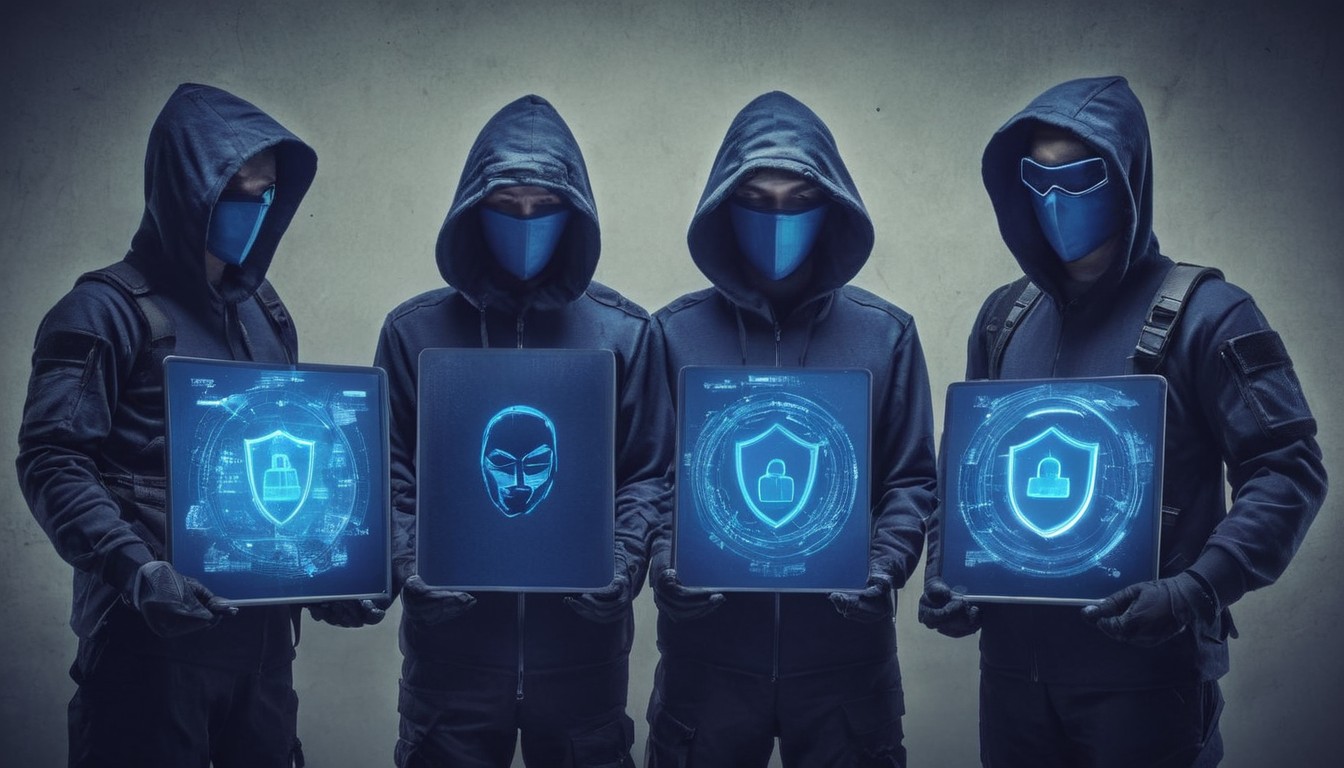As the digital landscape advances, the advent of quantum computing introduces both unprecedented opportunities and challenges. At SafeNet, we are committed to staying ahead of the curve, especially in the realm of cybersecurity. In this blog post, we’ll explore SafeNet Blue Team’s strategic implementation approach for quantum-safe digital signatures, ensuring a resilient defense against the potential threats posed by quantum computing.
Understanding the Quantum Threat:
Quantum computers have the potential to break widely used cryptographic algorithms, including those that underpin traditional digital signatures. As a result, organizations are faced with the urgent need to transition to quantum-resistant cryptographic solutions to safeguard the integrity and authenticity of digital signatures.
SafeNet Blue Team’s Quantum-Safe Implementation Approach:
- Thorough Risk Assessment: SafeNet Blue Team begins by conducting a comprehensive risk assessment to understand the potential impact of quantum computing on existing digital signature algorithms. This assessment helps organizations prioritize their transition to quantum-safe alternatives based on the level of risk associated with specific algorithms.
- Algorithm Agility Integration: Recognizing the dynamic nature of the quantum threat landscape, SafeNet emphasizes algorithm agility. Blue Team strategies involve integrating cryptographic algorithms that are agile and can be easily swapped for quantum-safe alternatives as needed. This approach ensures adaptability in the face of evolving quantum capabilities.
- Collaborative Research and Development: SafeNet encourages collaborative research and development efforts with industry partners, academia, and cryptographic experts. By staying actively involved in the quantum-safe cryptographic community, SafeNet Blue Team ensures access to the latest advancements and insights, facilitating the development and implementation of robust solutions.
- Quantum Key Distribution (QKD) Integration: Quantum Key Distribution offers a unique approach to secure communication channels by leveraging the principles of quantum mechanics. SafeNet Blue Team explores the integration of QKD as part of a comprehensive quantum-safe digital signature strategy, enhancing the overall security of cryptographic key exchange.
Implementation Best Practices:
- Gradual Transition Planning: SafeNet Blue Team advocates for a gradual transition to quantum-safe digital signatures rather than an abrupt shift. This allows organizations to manage the complexity of the transition effectively, minimizing disruptions while maintaining a high level of security.
- User Education and Awareness: SafeNet recognizes the importance of user education and awareness in the quantum-safe transition. Blue Team strategies include creating educational resources and training programs to help users understand the implications of quantum computing on digital signatures and the steps taken to secure their digital assets.
- Regulatory Compliance Considerations: SafeNet Blue Team takes into account regulatory compliance requirements in the implementation of quantum-safe digital signatures. Ensuring alignment with industry standards and compliance frameworks is a key aspect of the implementation approach.
SafeNet’s Commitment to Quantum-Resilient Security:
In a world where quantum computing is on the horizon, SafeNet Blue Team’s strategic implementation approach for quantum-safe digital signatures reflects our commitment to proactive cybersecurity measures. By understanding the risks, integrating agile algorithms, collaborating with experts, and adopting quantum-resistant technologies, we empower organizations to navigate the quantum era with confidence.
The evolution of technology brings both challenges and opportunities. SafeNet’s Blue Team takes a proactive stance in addressing the quantum threat by implementing quantum-safe digital signatures. This strategic approach ensures that our clients are not only prepared for the quantum future but also benefit from a resilient and future-proofed cybersecurity foundation.





